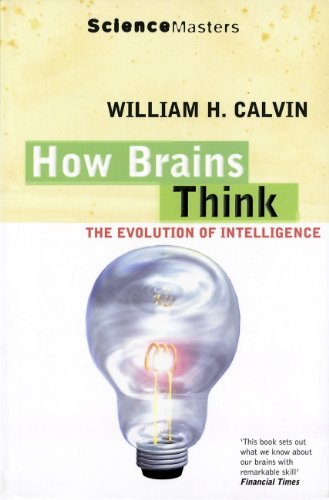Sublime
An inspiration engine for ideas
Link
Let’s use the observations I have discussed above to begin building a brain. We will start by building a pattern recognizer that meets the necessary attributes. Next we’ll make as many copies of the recognizer as we have memory and computational resources to support. Each recognizer computes the probability that its pattern has been recognized. In
... See moreRay Kurzweil • How to Create a Mind: The Secret of Human Thought Revealed
We know that life’s remarkable robustness, in large part, is dependent on variation; systems that suppress or lose their diversity are prone to collapse.
Jessica C. Flack • Worlds Hidden in Plain Sight: The Evolving Idea of Complexity at the Santa Fe Institute, 1984–2019 (Compass)


The largest effort in the field, by far, is a project known as CYC, directed by Doug Lenat,
Ernest Davis • Rebooting AI: Building Artificial Intelligence We Can Trust
The merger of infotech and biotech might soon push billions of humans out of the job market and undermine both liberty and equality. Big Data algorithms might create digital dictatorships in which all power is concentrated in the hands of a tiny elite while most people suffer not from exploitation but from something far worse—irrelevance.
Yuval Noah Harari • 21 Lessons for the 21st Century
They appear to want some of the same things most of us want: recognition from their peers and communities and better lives for the people they care about. Being
Jessica C. Flack • Worlds Hidden in Plain Sight: The Evolving Idea of Complexity at the Santa Fe Institute, 1984–2019 (Compass)
In the last few years the concept of self-organizing systems – of complex systems in which randomness and chaos seem spontaneously to evolve into unexpected order – has become an increasingly influential idea that links together researchers in many fields, from artificial intelligence to chemistry, from evolution to geology.